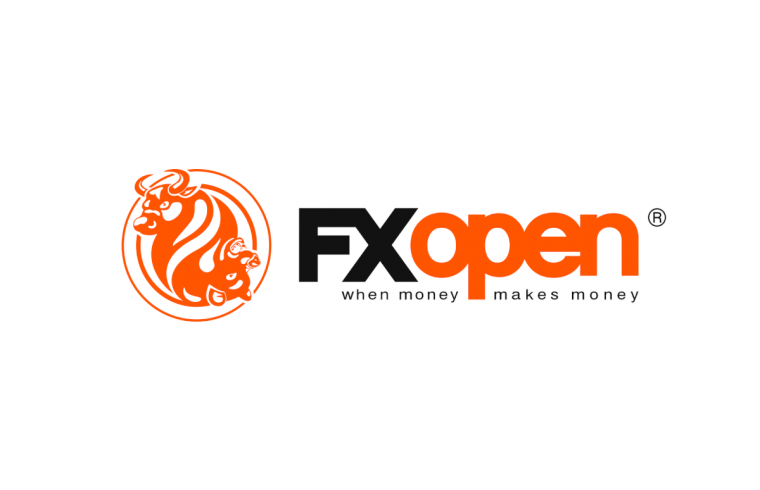In the coming weeks, Federal Reserve officials will face a challenging decision regarding interest rates as the US economy navigates a whirlwind of factors.
Despite reports indicating that the economy is growing too rapidly to fully curb inflation and skyrocketing bond yields that could potentially stifle economic activity, the Fed is unlikely to declare an end to its 19-month campaign to raise borrowing costs. This poses a difficult messaging challenge for US central bank chief Jerome Powell.
Since the Fed’s decision to maintain rates at its September 19-20 meeting, various factors have emerged, further complicating the policy landscape. The Middle East has seen the outbreak of war, adding geopolitical uncertainty. Additionally, with half of the US Congress leaderless and a government shutdown deadline approaching, the political landscape remains volatile. Furthermore, underlying inflation appears to be cooling, but a sudden surge in housing and services prices in September threatens the Fed’s narrative that price pressures will continue to abate.
Jerome Powell must navigate this complex environment without sending mixed signals to financial markets. On the one hand, he must avoid instilling unwarranted confidence that current financial conditions are stringent enough to bring inflation down to the Fed’s 2% target, though this may indeed be the case. On the other hand, he must prevent unwarranted fear that the central bank will need to clamp down with higher interest rates, a scenario that is also plausible.
This week, Powell is scheduled to address the Economic Club of New York, likely marking his final substantive comments before the October 31-November 1 policy meeting. Analysts anticipate that Powell will focus on the recent swift surge in bond yields, which could potentially help the central bank attain its inflation target but may also signify a crucial juncture in policy.
Monetary Policy Analytics analysts, led by former Fed Governor Larry Meyer, have noted that the Fed has rapidly shifted its focus from singular inflation control to recession avoidance. This pivot hinges in part on the reason behind the rise in Treasury yields. If it’s due to investor expectations of more Fed rate hikes, the central bank might feel compelled to follow the market. However, if it’s due to evolving views of the economy and its risks, investors could be essentially helping the Fed and substituting for additional hikes.
The landscape has changed since the September meeting, and several Fed officials have hinted that the rise in bond yields might take rate hikes off the table. The Fed is now closely monitoring these developments.
The upcoming policy meeting may open a new chapter in the debate. If, as expected by financial markets, the central bank holds rates steady on November 1, it will be the first time since the current tightening cycle began in March 2022 that it has gone consecutive meetings without a hike. Describing this anticipated outcome while keeping the door open for future rate increases will be a challenge for Powell. Additionally, he must address speculation about the possibility of rate cuts or adjustments to other aspects of Fed policy, such as the ongoing reduction of the central bank’s balance sheet.
This is a pivotal moment for Powell, further intensified by the Middle East conflict and the political turmoil in Washington, where Republicans ousted their top leader in the US House of Representatives.
Since the Fed raised its benchmark overnight interest rate in July, long-dated bond yields have surged by nearly a full percentage point, which can impact rates on consumer and business loans. While this could help curb inflation, it may also push the economy too far. The yield on the 10-year Treasury note is currently only about six-tenths of a percentage point below the Fed’s policy rate, a significant factor for monetary policy.
Powell also needs to assess the trajectory of inflation. Recent data do not fully align with the Fed’s expectation of a gently slowing economy and steadily decreasing inflation. Fed Governor Christopher Waller referred to the economy as “booming,” with the possibility of third-quarter GDP growth hitting a 4% annual rate.
However, the data is at odds with the Fed’s view, raising questions about the future path of inflation. The recent surge in the euro against the US dollar, indicating increased volatility in the major currency pair, adds another layer of complexity.
In this intricate environment, Powell will need to address whether his faith in continued “disinflation” remains intact. While some believe the economy’s ongoing strength supports this notion, the recent data tell a different story. The Fed’s narrative of ongoing disinflation is at odds with a growing economy, low unemployment, and an upturn in inflation trends.
As the Federal Reserve meets, it must carefully weigh these conflicting factors to determine the best course of action to ensure economic stability and maintain its dual mandate of price stability and full employment.
FXOpen offers spreads from 0.0 pips and commissions from $1.50 per lot. Enjoy trading on MT4, MT5, TickTrader or TradingView trading platforms!
This article represents the opinion of the Companies operating under the FXOpen brand only. It is not to be construed as an offer, solicitation, or recommendation with respect to products and services provided by the Companies operating under the FXOpen brand, nor is it to be considered financial advice.












